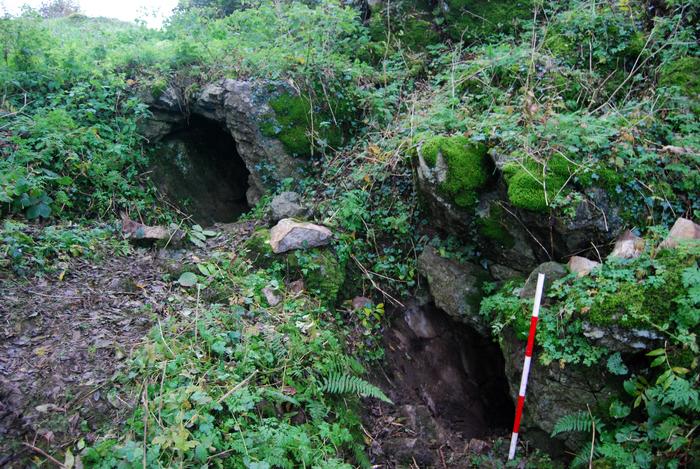 DUBLIN, IRELAND—According to a statement released by Oxford University Press USA, Lara Cassidy of Trinity College Dublin and her colleagues analyzed the oral microbiome of a man whose 4,000-year-old remains were discovered in a cave in southwestern Ireland. The remains of other people who had been buried in the cave showed advanced dental decay, but two teeth taken from this particular man showed no evidence of dental carries. Evidence of the bacterium S. mutans, which is the primary cause of dental decay, was detected on the root of one of his teeth, however. Cassidy and her colleagues noted that other species of streptococcal bacteria usually found in ancient biofilms were absent from the sample, yet it contained two different strains of T. forsythia, a bacteria involved in gum disease. “These strains from a single ancient mouth were more genetically different from one another than any pair of modern strains in our dataset, despite these modern samples deriving from Europe, Japan, and the USA,” said team member Iseult Jackson. “This is interesting because a loss of biodiversity can have negative impacts on the oral environment and human health,” she explained. The researchers also determined that these disease-causing bacteria have changed dramatically over time, likely through a shift to more sugar in the human diet. Read the original scholarly article about this research in Molecular Biology and Evolution. For more, go to "Worlds Within Us."
DUBLIN, IRELAND—According to a statement released by Oxford University Press USA, Lara Cassidy of Trinity College Dublin and her colleagues analyzed the oral microbiome of a man whose 4,000-year-old remains were discovered in a cave in southwestern Ireland. The remains of other people who had been buried in the cave showed advanced dental decay, but two teeth taken from this particular man showed no evidence of dental carries. Evidence of the bacterium S. mutans, which is the primary cause of dental decay, was detected on the root of one of his teeth, however. Cassidy and her colleagues noted that other species of streptococcal bacteria usually found in ancient biofilms were absent from the sample, yet it contained two different strains of T. forsythia, a bacteria involved in gum disease. “These strains from a single ancient mouth were more genetically different from one another than any pair of modern strains in our dataset, despite these modern samples deriving from Europe, Japan, and the USA,” said team member Iseult Jackson. “This is interesting because a loss of biodiversity can have negative impacts on the oral environment and human health,” she explained. The researchers also determined that these disease-causing bacteria have changed dramatically over time, likely through a shift to more sugar in the human diet. Read the original scholarly article about this research in Molecular Biology and Evolution. For more, go to "Worlds Within Us."
Bronze Age Microbiome Analyzed
